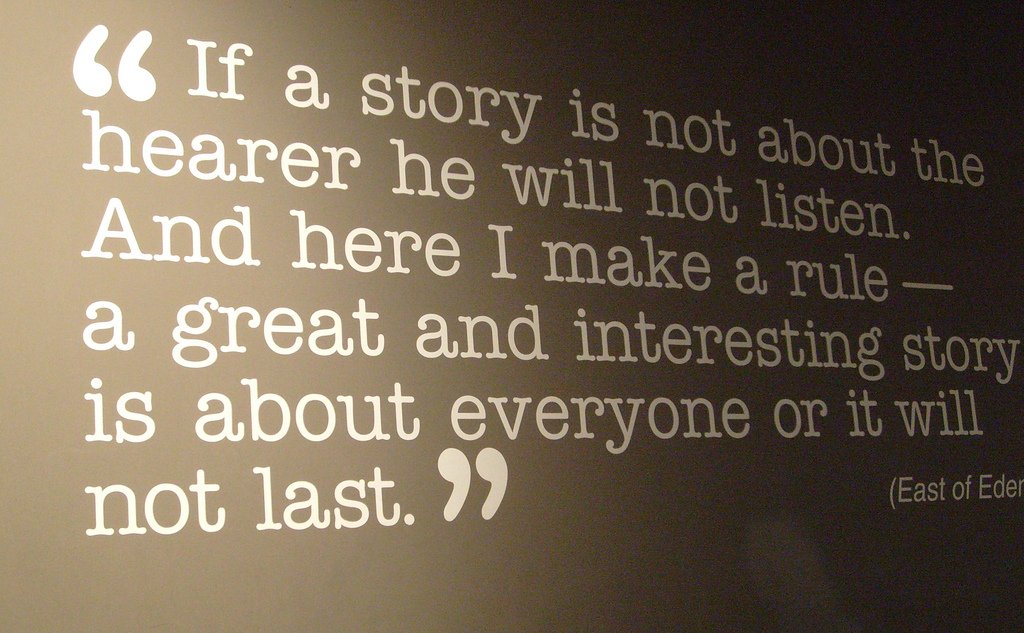2006 called – it wants its keywords back
Search engine optimisation (SEO) is a hugely complex topic, and one that is subject to constant change. That is because Google is in a constant battle with ‘spammers’, who want their websites to rank highly, while Google wants to return the most relevant results for users.
(There are other search engines, of course, but we’ll still with ‘Google’ from now on, because it is the biggest player in town globally, and virtually the only player in the UK.)
The key here is to understand that Google wants its search engine to find the highest quality pages and present those to the person doing the search.
Now, you can put a lot of time, effort and money into black hat and grey hat SEO techniques in an effort to compete with, trick and fool Google. (Black hat SEO involves breaking the ‘rules’ which Google creates. Grey hat involves skirting around them, or playing fast and loose with them. White hat SEO involves sticking to the rules, and improving the user experience right across the site. ).
For any reputable business, however, one which takes a long term view on building a customer base, it makes far, far more sense not to fight Google (you won’t win), but to accept that Google does have the right to lay down certain rules around how its own search engine works. If you want long term success, play fair and deliver value.
There are many aspects to this, some of them technical, involving how a website is put together. I won’t be going into much of that during these series of articles on SEO, as I am a humble copywriter, not a web development ninja. I will, however, be looking at how businesses can improve their SEO by focusing on providing high quality content.
I believe one of the most important things you can do is to take a long, deep breath and before anything else, remind yourself of how to be successful in almost any endeavour:
KEEP IT SIMPLE, STUPID.
In this case, this means thinking about how the knowledge in your business can be used to help potential customers, while also convincing them that your is an organisation that can help theirs. This is a win-win situation, because by giving Google what it wants – high quality content – you are also giving readers and potential customers what they want.
However, providing high quality content is not something you can do quickly, on the cheap and without much thought. You can’t cut too many corners. You’ll need to invest time, effort or money, and probably a bit of all three.
But you don’t need to create dozens of articles every week. You don’t need to master strange and esoteric subjects either, or dive deep into the murky depths of keyword research.
The key is to write about things you are familiar with and care about, things that are relevant to your business activities and which will interest and be of use to your potential customers.
I’m going to be looking in greater depth at how and why to create this kind of content across a series of articles. For now, here are some core guidelines to get us started:
Everything you (and your SEO experts) know about SEO might be wrong / out-of-date
Search engine optimisation has changed. You don’t need thousands of short, spammy articles stuffed with keywords. I’m not sure that strategy ever worked well. It certainly won’t cut it today. In fact, that approach is likely to get your content flagged as low quality or even spammy. What you actually need is long-form, high quality content that is useful to the site visitor. Creating that kind of content requires a thoughtful approach, good writing, knowledge and experience of the subject matter, something to say. You might need outsourced help with it. You might not. What you can’t do is simply outsource it to the cheapest, most convenient content agency and forget about it.
What you’ll get is crap. Cheap crap churned out by people who know little about your business and haven’t talked to your people and are following SEO techniques laid down in prehistory.
If you have a limited content budget, stop aiming for quantity and focus instead on quality. One terrific article with genuinely useful information is better than a thousand chunks of spam.
Don’t assume journalists and copywriters can mimic deep insight and knowledge
As a journalist and copywriter, I’m often asked to create in-depth ‘thought leadership’ articles for clients. But those clients often don’t know what they want to say, and don’t provide any ‘thought leadership’ to work with. They don’t put forward their experts to guide and structure the content. Their attitude seems to be that they are paying me, and I should do the research.
Well, yes. But the research begins by interviewing experts. Yes, I can go to the web and do research, find other people’s articles and use that information. But then, I’m not producing ‘thought leadership’ on your behalf, I’m rehashing someone else’s stuff. That’s a shortcut, but it’s also a compromise.
(Rule of thumb: any shortcut is likely to be a compromise on quality).
Google wants hight quality, in-depth content. To provide that, you should invest your time and money in great articles. Your journalist / copywriter can help by using their skills to interview your people and work with your content, while doing relevant research from elsewhere and bringing it all together. But if you simply outsource it all and let some ‘content agency’ get on with it, then you won’t get high quality content. And here, in 2017, all those keyword dense, snappy little articles you paid for are hurting your SEO, not helping it.
Stop putting all your best content on other people’s websites
I’ve known clients who have high-level subject matter experts who are posting in-depth articles on subjects of direct importance to their customers – and sticking them onto a LinkedIn blog or a Facebook page, but not including them on the company website. This is madness.
If your people create great content, put it on your website first and foremost. Have the long articles, the in-depth analysis on your site, and put teasers and links and intros onto the social media sites. Send people back to your site for the main course. Otherwise, your content creators are effectively working as digital sharecroppers for the social media behemoths.
The quality of the writing matters
If your website contains content that is poorly written, not properly edited, contains spelling mistakes and is hard to understand, then that counts as a poor user experience.You’ll be marked down for it.
Keywords don’t matter as much as they used to
Stuffing keywords onto webpages was never a good idea for giving visitors a quality experience. These days, it also potentially damages your SEO.
Google wants to send visitors to high quality pages that give a good user experience. It will rank authoritative content that serves as a comprehensive introduction to a subject more highly than a webpage that merely hits the jackpot in terms of matching a search phrase.
Trying to trick Google can backfire badly
The one thing you really need to know, above all others, is that Google has upped its game when it comes to spotting people and businesses that are cutting corners in an attempt to rank more highly. If you have material on your site which has been churned out by software, stuffed with keywords or written in bulk by people charging a few dollars per page, then it is much more likely to damage your rank rather than improve it. Unnatural backlinks are also likely to damage your site.
The old techniques of hurling keywords at the page and linking to your site from content farms is long dead. And a good thing too, because the web was becoming overrun with dross. There’s still plenty of dross out there, for sure, but it’s now far less likely to rise high in the search engine results pages.
If you’re looking to build a sustainable business, and want Google to send you relevant traffic, to answer today is pretty much the same as it has always been – only more so: provide genuinely relevant and useful content.
On the subject of which… I hope you found this article useful. There will be more to come.





